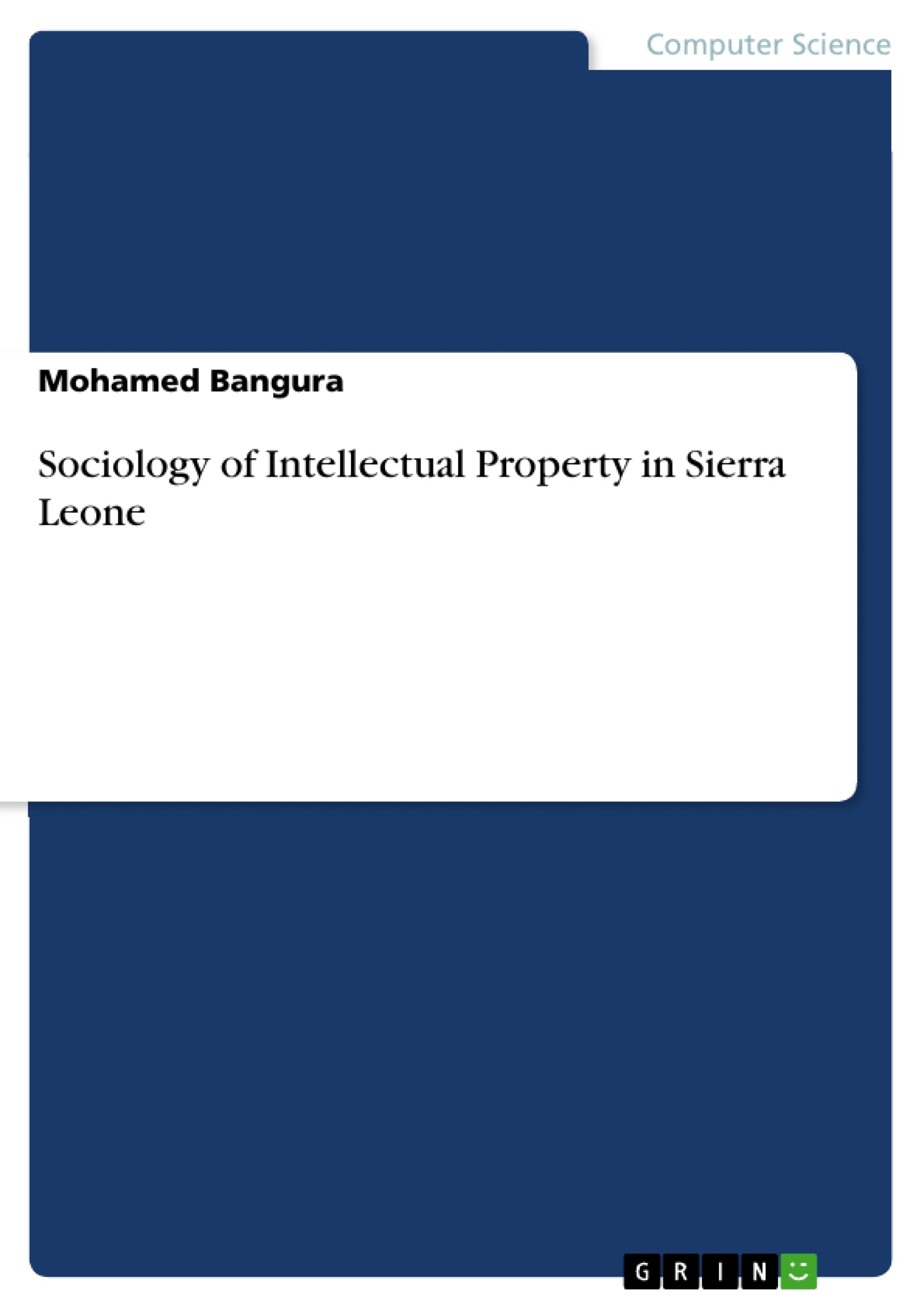The use of computer software as an aid in teaching is crucial in today’s intellectual property world where technology seems to dominate every aspect of human social interaction and intellectual activities. In many parts of the world, computer has been adopted as significant tool in facilitating and fast tracking the many social activities that human beings conducted.
In educational institutions people who were trained in the use of computers were employed to conduct administrative tasks involving the computation of students grades or establishing standardised database of students through the application of software that were installed into the computer hardware. The in-built characteristics of the computer system, such as its high speed and large storage capability, achieved through the invention of the integrated circuitry component called chips, accuracy and consistency in executing commands, and its unique ability to store and retrieve information, made its relevance highly enviable.
Considering the significance of the computer, its use was then extended to the classroom where it was intended to aid teaching process. Since the functioning of the computer is made possible through the social interaction between the physical components called hardware and the non-physical components called software, efforts were stepped up in inventing a range of software.
These softwares were then divided into two main categories, viz; system software and application software. The system software is a set of programmes that is used to control the hardware and software resources. It is the main social bridge between the hardware, software and the user. The operating system is a major type of system software without which the computer system can never function. It is the nerve center of the computer. The other type of system software is the utility software which is referred to as antivirus used primarily to track down and clean virus in the computer. The application software, on the other hand, are programmes made for performing specific tasks.
The Personal Computer (PC), which is used by only one person at a time, is an integrated and compact system that features all of the elements and which is widely used today. The personal computer uses the processor and memory as two intertwined components, with the processor likened only to the brain of human be, it organises and carries out instructions that come from either the user or the software.
Inhaltsverzeichnis (Table of Contents)
- CHAPTER ONE: THE EVOLUTION
- Facing modernity
- Noting the value
- Setting the discourse
- The social restriction paradigm
- Conclusion
- CHAPTER TWO: CONCEPTUALISATION
- Theoretical Framework
- The use of Computer Software in Teaching in Sierra Leone
- Conclusion
- CHAPTER THREE: APPROACHING THE CONCEPTS
- A Case Perspective
- The Why Direction
- The Conservative Matrix
- The Enveloped Tool
- The Drive of the Metropolis
- Challenges
- Conclusion
- CHAPTER FOUR: SOCIAL IMPLICATIONS
- Conclusion
- Carving the Future
- REFERENCES
Zielsetzung und Themenschwerpunkte (Objectives and Key Themes)
This book explores the awareness and understanding of intellectual property rights, specifically in relation to computer software, among students and teachers in higher education institutions in Sierra Leone. It examines the impact of intellectual property on the use of software in teaching practices and highlights the importance of navigating these rights for effective learning and social development in the country.
- The role of intellectual property in the context of computer software use in higher education.
- The awareness and understanding of intellectual property rights among students and teachers in Sierra Leone.
- The social implications of intellectual property on teaching and learning practices.
- The challenges faced by educational institutions in Sierra Leone regarding computer software use and intellectual property rights.
- The potential for leveraging computer software and intellectual property rights to improve the learning experience and social understanding among students.
Zusammenfassung der Kapitel (Chapter Summaries)
- Chapter One: The Evolution This chapter provides a historical overview of the emergence and development of the concept of intellectual property in Sierra Leone, highlighting its importance in modern society. The chapter explores the ways in which intellectual property has shaped the use of technology and its impact on social development.
- Chapter Two: Conceptualisation This chapter delves into the theoretical framework surrounding intellectual property, examining its legal and social aspects. It explores the use of computer software in teaching and the implications of intellectual property rights for educational institutions in Sierra Leone.
- Chapter Three: Approaching the Concepts This chapter presents a case study perspective, focusing on the specific challenges and opportunities faced by educational institutions in Sierra Leone regarding computer software use and intellectual property. It explores various perspectives on the use of software in teaching and the need to navigate the complex legal and social implications of intellectual property.
- Chapter Four: Social Implications This chapter examines the broader social implications of intellectual property rights on the educational landscape in Sierra Leone. It highlights the potential for utilizing computer software and intellectual property for positive social change and the need for effective policy frameworks to support responsible use and development.
Schlüsselwörter (Keywords)
This book focuses on the intersection of intellectual property, computer software, and education in Sierra Leone. Key concepts include intellectual property rights, computer software use in teaching, legal and social implications, awareness and understanding, challenges and opportunities, and social development.
- Quote paper
- Mohamed Bangura (Author), 2018, Sociology of Intellectual Property in Sierra Leone, Munich, GRIN Verlag, https://www.grin.com/document/455690



